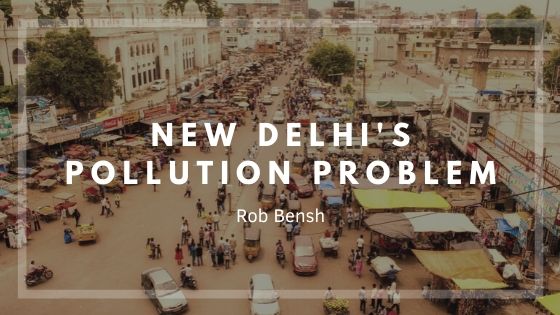New Dehlli, the capital of India, is the most polluted city in the world. Also known as the “Capital of Smog,” the city’s air quality has been especially bad this week, so much so that the city’s authorities declared a public health emergency. As a result, schools have closed, construction has slowed, and the number of cars allowed on the roads have been limited.
Pollution is a consistent problem in New Delhi, but this season’s dangerous increase is due to a variety of reasons.
Emissions and Dust
Several scientific studies have attempted to identify the biggest sources of pollution in New Delhi. They’ve uncovered that there are four main types of sources. These include industries and power plants, transport emissions from trucks and private vehicles, waste burning, and dust from roads and construction.
New Dehlia hopes to combat the emissions by reintroducing an odd-even car rule. Last used in 2016, the rule will prevent four million cars from driving the roads every day, based on the number on their license plate.
New Delhi isn’t the only problematic area. The country contains 22 of the world’s 30 most polluted cities.
Crop Burning
Another contributor to the country’s pollution problem is seasonal crop burning, also known as “stubble burning.” In India, farmers often raze their crops as they prepare for the next harvest. The government has tried to reduce the practice through subsidized equipment in place of burning the remains of the crop. Unfortunately, their interventions have yet to be successful.
The problem is only growing. Delhi’s Chief Minister Arvind Kejriwal went so far as to describe the city as a “gas chamber.”
Other leaders disagree, and argue that countryside crop burning doesn’t play as large a role in the pollution problem as pollution from the city does.
Weather Conditions
The pollution problem is only exacerbated by the winter weather. During the winter season, the temperatures drop and the wind slows down, which creates a temperature inversion. When this happens, the smog is trapped under a layer of warm air and can’t disappear. The Delhi region is also landlocked, with one side blocked off by the Himalaya mountain range. The smog simply has no place to go.
Unfortunately, this combination of factors mean that the pollution problem won’t go away anytime soon without the country taking dramatic steps to improve the air quality.

